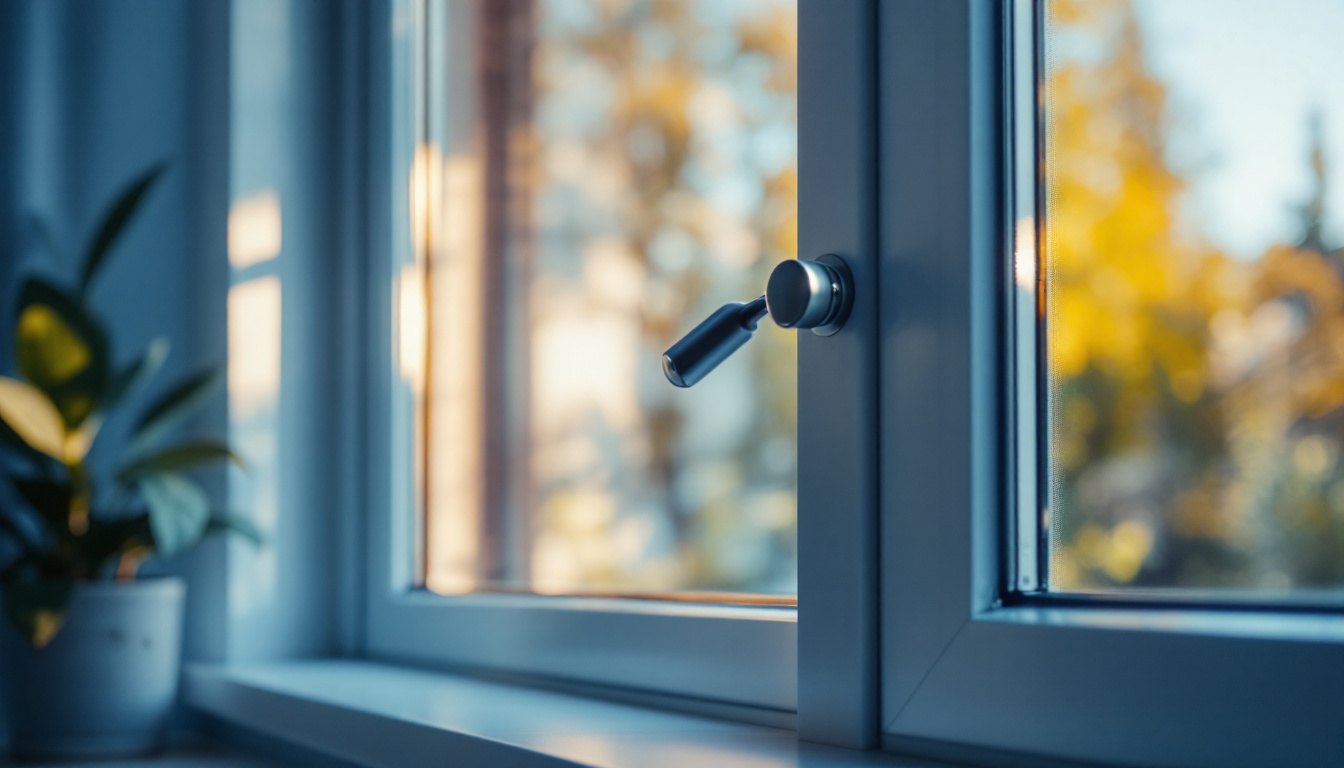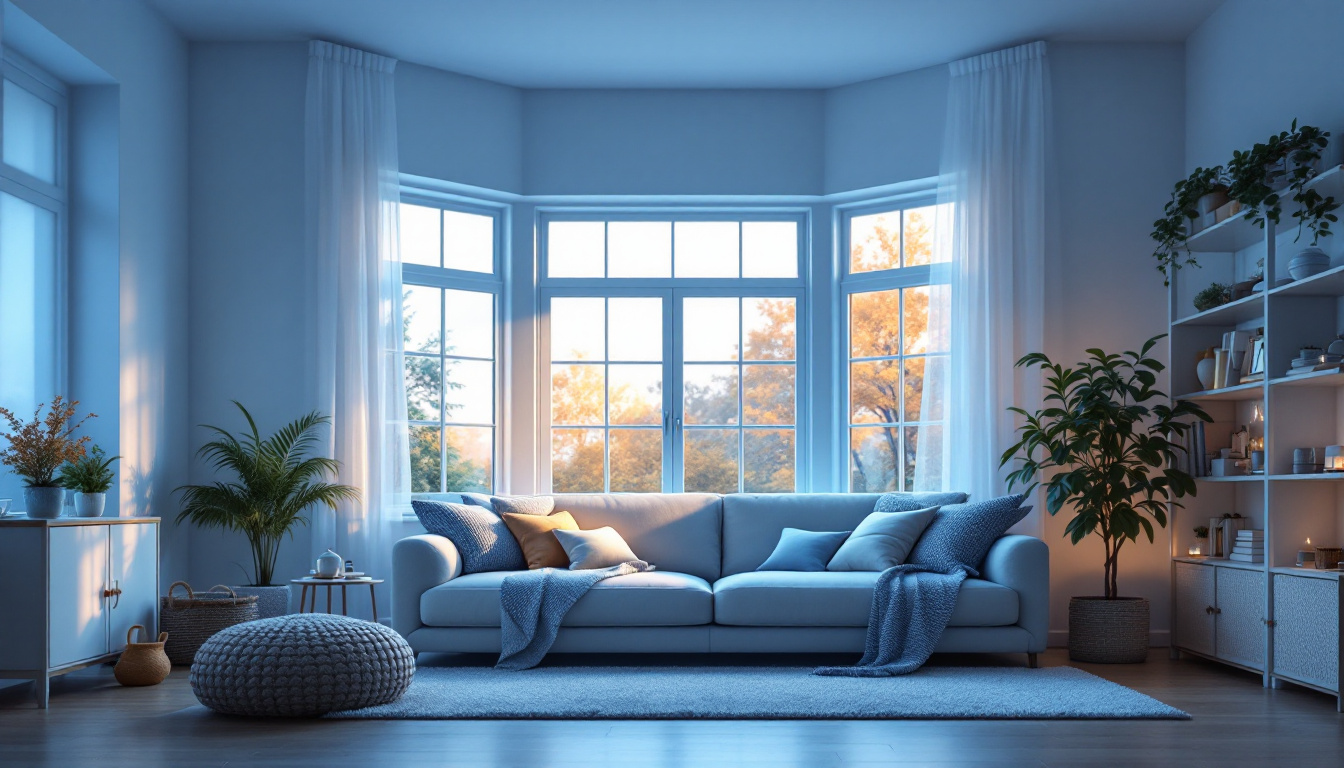When it comes to enhancing the aesthetic appeal and functionality of your home, choosing the right type of window is crucial. Bay and casement windows are two popular options that not only elevate the architectural style of a home but also offer unique benefits. In this article, we will explore the differences between bay and casement windows, their architectural impact, and the installation process involved.
Understanding Bay Windows
Bay windows are a classic architectural feature that protrudes from the main walls of a building, creating a small alcove inside. They typically consist of three panels: a large center window flanked by two smaller side windows, which are often angled outward. This design allows for increased natural light and panoramic views, making bay windows a favorite among homeowners.

Architectural Impact of Bay Windows
Bay windows add depth and dimension to a home’s exterior, enhancing its curb appeal. They create a sense of space and openness inside, making rooms feel larger and more inviting. Additionally, bay windows can serve as a focal point in a room, allowing for creative interior design opportunities.
Energy Efficiency Considerations
Modern bay windows can be designed with energy-efficient features, such as double or triple glazing and Low-E glass coatings. These advancements help to minimize heat loss during winter and reduce heat gain in summer, contributing to lower energy bills and a more comfortable living environment.
Exploring Casement Windows
Casement windows are hinged on one side and open outward, typically operated by a crank mechanism. This design allows for maximum ventilation and unobstructed views, making them an excellent choice for areas where airflow is a priority.
Architectural Impact of Casement Windows
Casement windows offer a sleek and modern look, complementing various architectural styles from contemporary to traditional. Their clean lines and large glass surfaces create a seamless connection between indoor and outdoor spaces, enhancing the overall aesthetic of a home.
Ventilation and Natural Light
One of the standout features of casement windows is their ability to catch breezes effectively. When opened, they can direct airflow into the home, providing natural ventilation that is particularly beneficial in warmer climates. This feature not only improves indoor air quality but also reduces reliance on air conditioning systems.
Comparative Analysis: Bay vs. Casement Windows
While both bay and casement windows offer unique advantages, understanding their differences can help homeowners make informed decisions based on their specific needs and preferences.
Space and Aesthetics
- Bay Windows: Create additional interior space and provide a cozy nook for seating or decorative elements.
- Casement Windows: Offer a more streamlined appearance and are ideal for maximizing views without protruding from the wall.
Installation Considerations
The installation process for bay and casement windows varies significantly due to their structural differences. Bay windows require more extensive framing and support, as they extend beyond the wall line. This can lead to higher installation costs and more complex construction requirements.
In contrast, casement windows are generally easier to install, as they fit within the existing wall structure. This can result in lower labor costs and a quicker installation timeline.
Choosing the Right Window for Your Home
Deciding between bay and casement windows ultimately depends on your home’s architectural style, your budget, and your personal preferences. Here are some factors to consider:
Budget and Cost
Bay windows typically come with a higher price tag due to their complexity and the additional materials required for installation. Homeowners should weigh the long-term benefits of increased natural light and space against the initial investment.
Casement windows, while generally more affordable, still offer significant benefits in terms of ventilation and aesthetics. They can be a cost-effective solution for homeowners looking to enhance their living spaces without breaking the bank.
Functionality and Use
Consider how you plan to use the windows. If you desire a cozy reading nook or a space for plants, bay windows may be the ideal choice. However, if maximizing airflow and unobstructed views is your priority, casement windows may be more suitable.
Conclusion
Both bay and casement windows offer distinct advantages that can enhance the beauty and functionality of your home. By understanding their architectural impact and installation requirements, homeowners can make informed decisions that align with their aesthetic preferences and practical needs. Whether you choose the expansive charm of bay windows or the sleek efficiency of casement windows, investing in quality window installations will undoubtedly elevate your living space.
For expert guidance on window selection and installation, contact your local window specialists today. Transform your home with the perfect windows that reflect your style and enhance your comfort.
Ready to make a decision between bay and casement windows? Let the experts at Better Window and Door help you unlock your home’s full potential. Our knowledgeable team is dedicated to providing you with personalized service and expertise to ensure your window choices complement your home’s architecture perfectly. Don’t hesitate to get a custom quote and start your journey toward a more beautiful and functional living space today.




